The Tomb of Sheikh Rouzbahan Baqli: Shiraz’s Sufi Pilgrimage
The Tomb of Sheikh Rouzbahan Baqli, with its intricate tilework and spiritual ambiance, honors the legacy of the renowned Persian mystic and poet in Shiraz.
Shiraz is known for its poetry and romantic spirit and is often associated with the iconic tombs of Saadi and Hafez. Yet, hidden within this city’s historical layers is the lesser-known Tomb of Sheikh Rouzbahan Baqli.
Abu Muhammad Sheikh Ruzbihan Baqli (1128–1209) is a celebrated Persian poet, Sufi mystic, and author, who spent much of his life exploring divine love and ecstasy. His writings, including Commentary on Ecstatic Sayings (1174) and The Unveiling of Secrets (1189), capture his mystical experiences and defense of early Sufi saints.
After his death in 1209, Sheikh Rouzbahan was interred in his ribat, a sanctuary that drew generations of pilgrims. Though the popularity of his order faded over time, the tomb of Sheikh Rouzbahan was restored in 1967 with a new structure, and again in 1972 by the Iranian Department of Antiquities, preserving his legacy as one of Shiraz’s hidden spiritual gems.
This blog covers everything you need to know about the Tomb of Ruzbihan Baqli, including its history, architecture, and explore who Sheikh Rouzbahan Baqli was. Visit our Shiraz Tours page to include this remarkable site in your journey.
Who is Sheikh Rouzbahan Baqli?
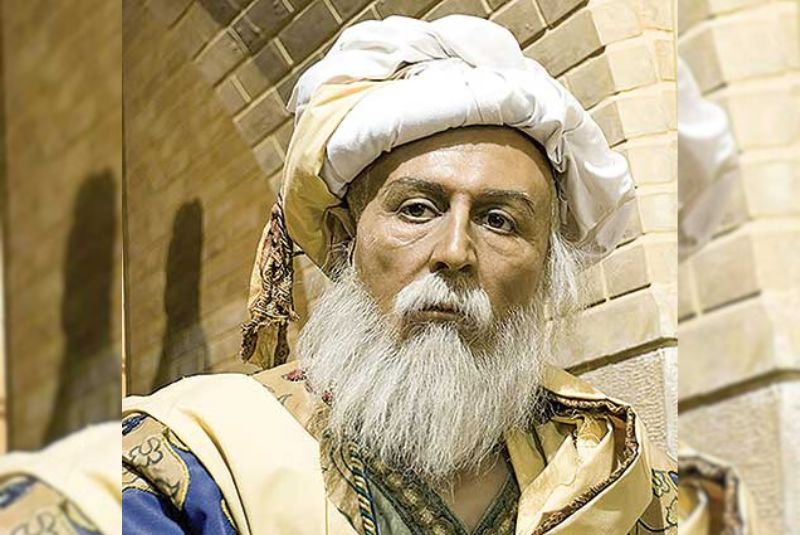
Abu Muhammad Sheikh Ruzbihan Baqli (1128–1209) was a revered Persian Sufi master, poet, and mystic known for his powerful spiritual experiences and unique style of writing.
Born in Fasa, Iran, Baqli claimed to have experienced divine visions as early as age three, but his family was reportedly not religious. These visions shaped his path, and at 15, he left home to spend 18 months in the desert, where he experienced intense spiritual encounters.
Upon returning, he joined a Sufi sect, dedicating his life to spiritual training and later becoming a disciple of Shaykh Jamal al-Din Abi al-Wafa’ ibn Khalil al-Fasa’i.
After travels to Syria, Iraq, Arabia, and beyond, Baqli settled in Shiraz in 1165, where he founded a Sufi hospice. For the next 50 years, he trained disciples, married, and raised a family.
His autobiography, Unveiling of Secrets (Kashf al-asrar), is a detailed account of his life, visions, and spiritual teachings, capturing his mystical journey and theories of divine love.
He completed other influential works, including Commentary on Ecstatic Sayings (1174) and The Spirits’ Font (1184), and was famously called "Doctor Ecstaticus" for his defense of Sufi ecstatic sayings.
Although the popularity of his order faded over time, his tomb became a site of pilgrimage and was restored in 1972. His works, still studied today, profoundly influenced Sufi literature, emphasizing love and ecstatic union with the divine.
| Related: The Greatest Persian Poets Throughout the History
History of the Tomb of Ruzbihan Baqli
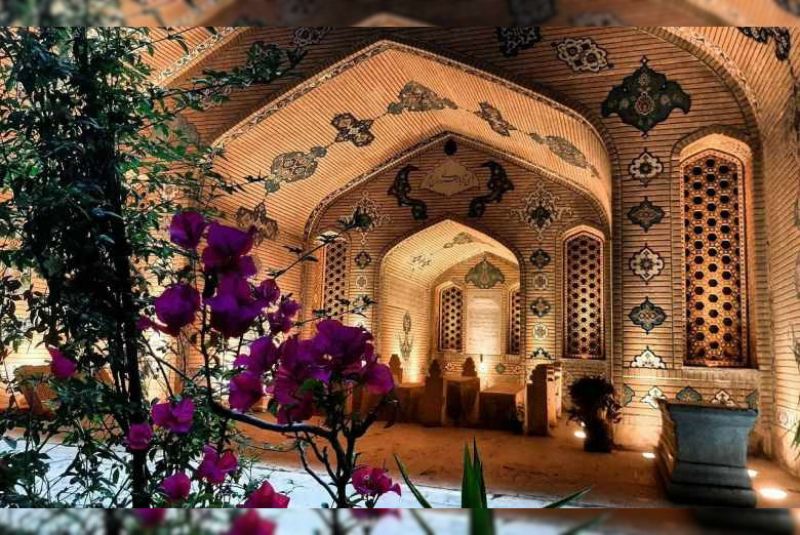
The Tomb of Sheikh Ruzbihan Baqli was originally built over 800 years ago on the site of Sheikh Ruzbihan's khanqah (Sufi lodge).This tomb stands as a reminder of his impact on Persian mysticism and literature.
Though Ruzbihan Baqli passed away in 1209, his teachings and writings—such as his influential autobiography, Unveiling of Secrets (Kashf al-asrar)—have remained significant in Sufi scholarship, reflecting profound spiritual insights and love for the divine. The tomb has been reconstructed several times over the centuries to preserve it as a place of pilgrimage.
In 1958, the Cultural Heritage Organization of Fars Province undertook restorations, and by 1967, a more modern structure was built over his grave. This new building preserves the graves of the Sheikh as well as those of his descendants.
Finally, in 1974, the tomb was officially listed as a national heritage site of Iran under registration number 1043. Today, the Tomb of Sheikh Ruzbihan Baqli remains a place of pilgrimage for those drawn to the teachings of one of Iran's most celebrated mystics. Visitors can explore the tomb and learn more about his legacy, his writings, and his lasting influence on Persian Sufism and poetry.
Different Section of the Tomb of Sheikh Ruzbihan
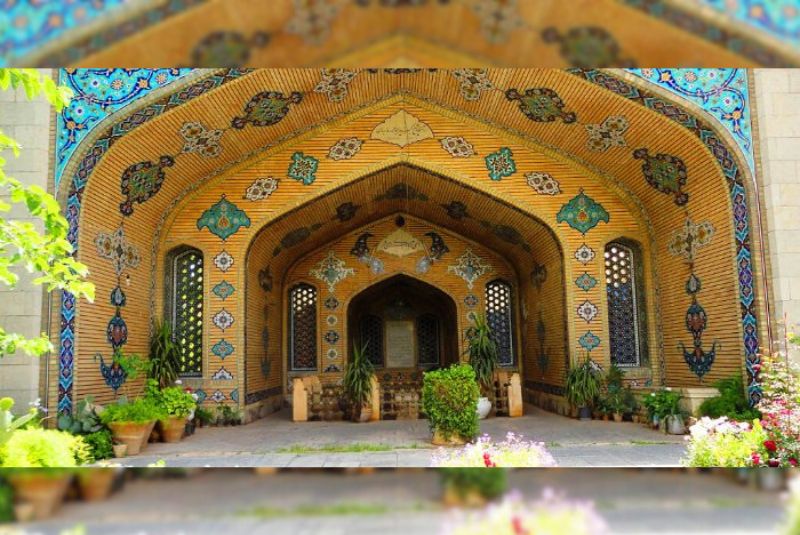
The Tomb of Sheikh Ruzbihan Baqli offers visitors a glimpse into the peaceful legacy of one of the region’s most revered spiritual figures. Below are the different sections of the tomb:
The Courtyard
The courtyard of Sheikh Ruzbihan's tomb features a flooring of finely chiseled stone, while the rooms around it are paved with mosaic tiles. The atmosphere is enriched by an array of flowering plants and lush greenery, which enhances the tranquility of the space.
Visitors are greeted by the sight of various historical stone artifacts displayed without any protective coverings along the walls and in the corners of the courtyard, offering a raw and unfiltered look at antiquity.
The Main Grave of Sheikh Ruzbihan
Positioned at the head of the courtyard, the main grave of Sheikh Ruzbihan features an inscribed stone chest. This large tombstone, measuring approximately 1.69 meters in length, 56 centimeters in width, and 46 centimeters in height, includes the names of the Fourteen Infallibles, inscribed in elegant Thuluth script around its edges.
The date of Sheikh Ruzbihan's death is also etched in Arabic with the words, "In the middle of Muharram, the year six hundred." This central grave, surrounded by a delicate stone casing, marks the resting place of a man revered for his profound mystical teachings.

The Steps and Portico
Three broad stone steps lead from the courtyard to an open portico, which wraps around the main structure. This uncovered portico extends into a smaller covered veranda, which hosts the graves of Sheikh Ruzbihan and four of his descendants.
Above the portico entrance, in Nastaliq script, is inscribed: "The resting place of Sheikh Kabir Abu Muhammad Ruzbihan, born in Fasa in 522 Hijri – died in Shiraz in 606 Hijri."
A brass plaque, bearing the inscription “There is no deity but Allah, the true and manifest king,” is mounted above the portico, contributing to the spiritual ambiance of the space.
Interior Room and Historical Plaques
Upon entering the main room, visitors find themselves in a space adorned with two lattice windows and intricate mosaic tiles. Between these windows lies an inscribed stone, detailing Sheikh Ruzbihan's name, birth and death dates, and a brief history of the building’s construction and restoration by the National Heritage Society in the 1970s. This room serves as a tribute to the spiritual significance of Sheikh Ruzbihan’s life, his teachings, and his legacy.
Southern Inscription
To the south of the main room is an inscription split into two parts. The first section recounts the life of Sheikh Ruzbihan, who was born in 522 Hijri in Fasa and passed away in 606 Hijri in Shiraz.
It describes his profound spiritual qualities, his devotion, and his deep understanding of both worldly and spiritual matters. The second part of the inscription presents verses from Sheikh Ruzbihan's poetry, such as:
“The heart holds your scar, or I would have extinguished,
You are in my sight, or I would have sewn it shut.”
This excerpt reflects the depth of Sheikh Ruzbihan's love for the divine and his mystical philosophy.
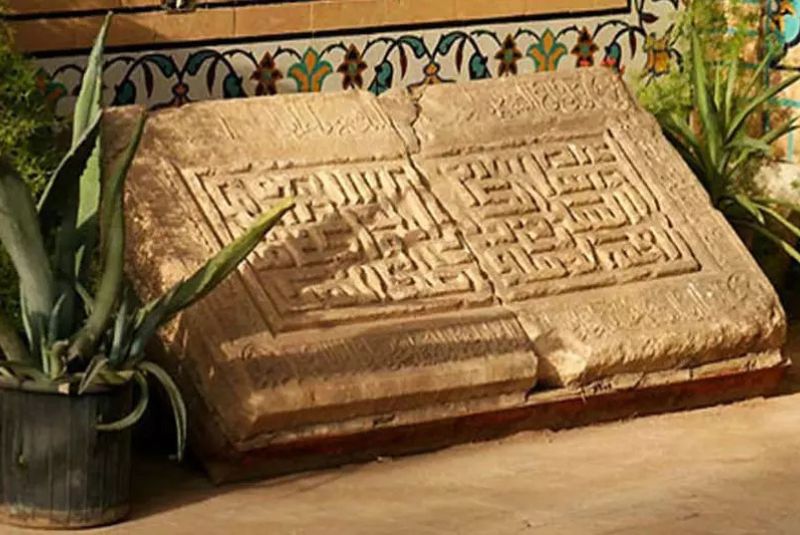
The Northern Inscription and Sheikh’s Literary Works
The northern wall of the room displays another inscription that lists 27 of Sheikh Ruzbihan’s literary works, including Al-Ta’if al-Bayan, Arayes al-Bayan, Maktun al-Hadith, and Mashrab al-Arwah. These texts emphasize Sufi theories of love, spirituality, and devotion, further cementing his legacy as a scholar and poet.
Architectural Embellishments
The tomb itself is surrounded by a mosaic-tiled veranda, boasting vibrant turquoise and traditional Persian floral designs. Two intricately patterned lattice windows add charm to the exterior, along with an ornately decorated ceiling adorned with brickwork.
This combination of detailed mosaic work and brick ceiling brings a captivating visual appeal to the tomb’s architecture, making it a feast for the eyes as well as a place of spiritual significance.
The Second Archway and Room of Graves
Beyond the main grave area lies a second archway, creating a smaller chamber behind the main tomb. This space houses six graves, including that of Sheikh Ruzbihan himself and five of his descendants. Each grave is encircled by a short, decorative metal railing, reminiscent of traditional latticed tomb enclosures.
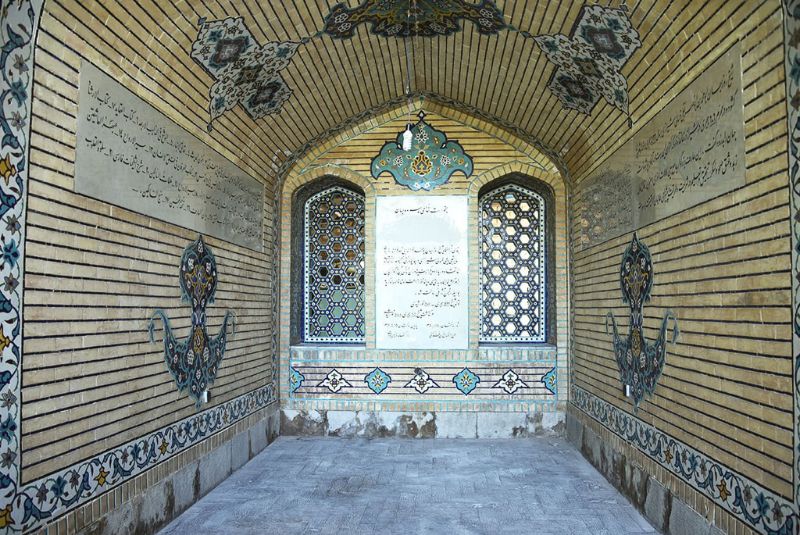
Final Inscriptions and Stone Reliefs
Additional inscriptions and reliefs are placed around the tomb, each with unique verses and historical details. One brass plaque bears the phrase “There is no deity but Allah,” while another inscription reads a couplet from Sheikh Ruzbihan's poetry. Each of these inscriptions serves as a reminder of the Sheikh’s teachings and his enduring influence on Persian Sufism.
Tomb of Sheikh Rouzbahan Location
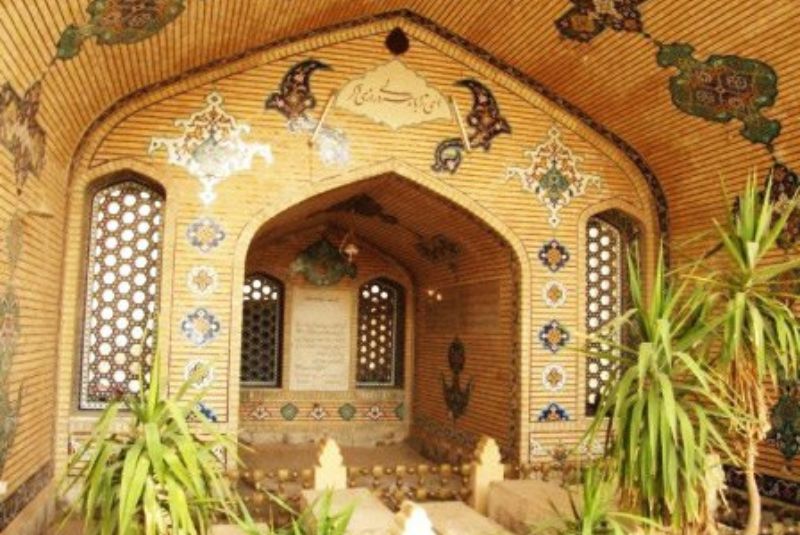
The tomb of Sheikh Ruzbihan is located in the eastern part of Shiraz, in an area known as Darb Sheikh or Bagh-e Now. It can be accessed via Lotf Ali Khan Zand Street, where visitors are greeted by a serene courtyard.
The area surrounding the tomb is vibrant with local shops and homes, contributing to its modest charm. The site is accessible by taxi or public transportation from central Shiraz, making it a peaceful historical stop for travelers exploring the city’s rich Sufi heritage.
Visiting Conditions
Visiting the Tomb of Sheikh Ruzbihan is free of charge, and it typically takes between 1 to 2 hours to explore the site fully.
Bottom Line
The Tomb of Sheikh Rouzbahan Baqli is a hidden gem in Shiraz. Sheikh Ruzbihan is known for his profound poetry and mystical teachings. He also dedicated his life to Sufi principles and divine love.
His tomb is located in the historic Darb Sheikh area of Shiraz, and it invites visitors to explore its peaceful courtyard, intricate inscriptions, and beautiful architecture.
Share your story!
Comment below and let us know about your Experience.
Your story inspires others!


Comment
Leave a Comment